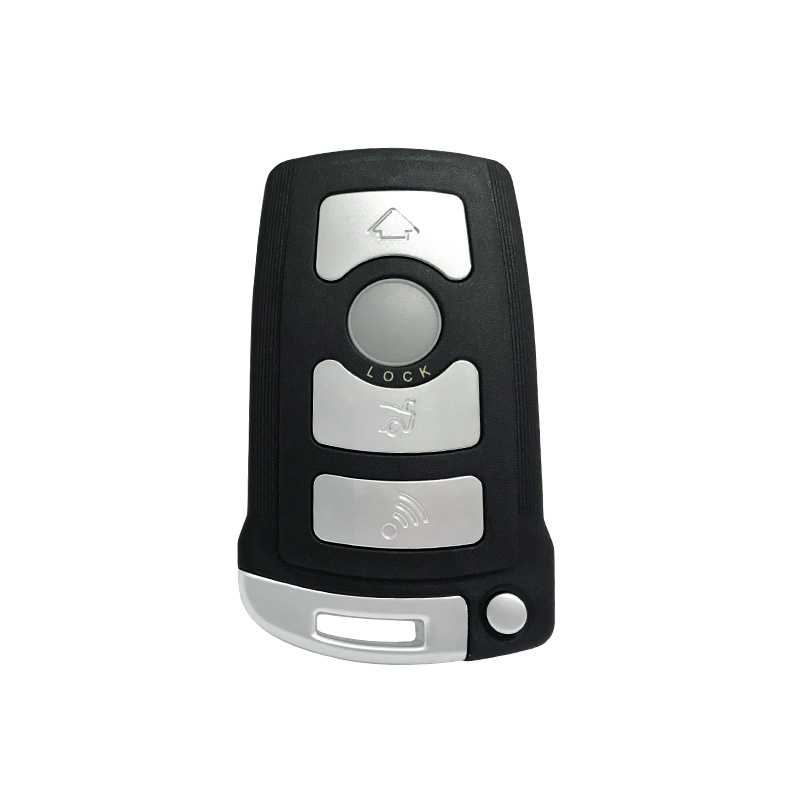Key fobs have become integral components of modern security systems, providing convenient access to vehicles, homes, and commercial properties. As the reliance on key fobs grows, so does the need for robust security measures to prevent unauthorized access or cloning. This article delves into the methods employed by key fob manufacturers to ensure security and encryption in their products, safeguarding against potential security breaches and unauthorized duplication.

1. Advanced Encryption Techniques:
Key fob manufacturers utilize advanced encryption techniques to secure communication between the key fob and the corresponding receiver or control unit. These encryption algorithms, such as AES (Advanced Encryption Standard) or rolling code encryption, scramble the transmitted data, making it extremely difficult for unauthorized parties to intercept or decipher the signals.
2. Unique Identification Codes:
Each key fob is programmed with a unique identification code that is recognized by the vehicle or access control system. This code serves as a digital fingerprint, ensuring that only authorized key fobs can communicate with the designated receiver. Manufacturers implement stringent protocols to generate these unique codes, preventing duplication or replication by unauthorized entities.
3. Rolling Code Technology:
Rolling code technology is a common security feature used in key fobs to prevent replay attacks and cloning. With rolling code encryption, each time the key fob is used to unlock or start a vehicle, it generates a unique code that is synchronized with the receiver's algorithm. This dynamic code changes with each use, making it virtually impossible for hackers to capture and replicate the signal for unauthorized access.
4. Tamper-Resistant Design:
Key fob manufacturers design their products with tamper-resistant features to deter physical tampering or reverse engineering attempts. Enclosures are often sealed to prevent unauthorized access to the internal components, while circuitry and firmware are protected against tampering through secure coding practices and hardware security mechanisms.
5. Secure Pairing Procedures:
During the initial setup or pairing process, key fobs are securely linked to the corresponding vehicle or access control system using encrypted communication protocols. Manufacturers implement strict authentication procedures to ensure that only authorized users can pair their key fobs with the desired device, minimizing the risk of unauthorized access.
6. Ongoing Security Updates:
Key fob manufacturers continuously monitor emerging security threats and vulnerabilities, releasing firmware updates and security patches to address any identified weaknesses. These updates are designed to strengthen encryption protocols, fix software vulnerabilities, and enhance overall security resilience against evolving threats.
Conclusion:
Key fob manufacturers employ a multifaceted approach to ensure security and encryption in their products, incorporating advanced encryption techniques, unique identification codes, rolling code technology, tamper-resistant design, secure pairing procedures, and ongoing security updates. By implementing these measures, manufacturers aim to safeguard against unauthorized access, cloning, and other security threats, providing users with peace of mind and confidence in the reliability of their key fob systems.

 Englishen
Englishen











 No.991 Xingxiu Road,Taiwanese Investment Zone, Quanzhou, Fujian Province,P.R.China
No.991 Xingxiu Road,Taiwanese Investment Zone, Quanzhou, Fujian Province,P.R.China +86 13960286508
+86 13960286508
 3D Reality Showroom
3D Reality Showroom
